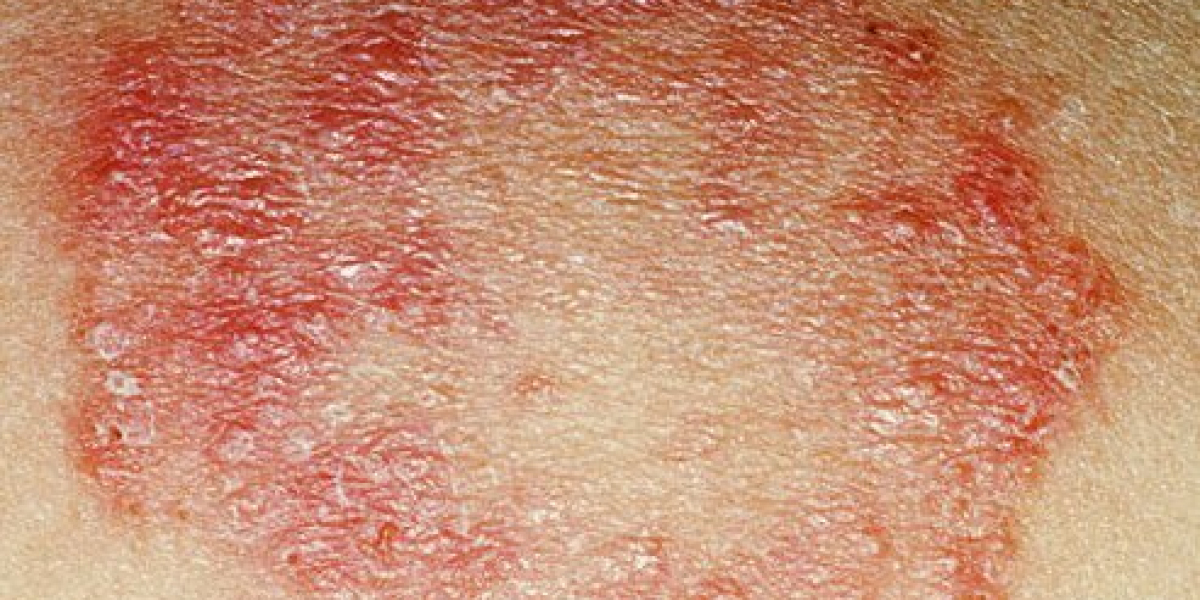A bacterial skin infection occurs when pathogenic bacteria invade the skin or subcutaneous tissues. Common culprits include Staphylococcus aureus, Streptococcus species, and other skin flora. Early symptoms may include redness, warmth, swelling, pain, sometimes pus or drainage.
Left untreated, these infections can spread, form abscesses, or enter the bloodstream (sepsis). Hence, early and appropriate treatment is key.
Mild infections (small, superficial, limited) can sometimes be managed with home care plus oral antibiotics (if prescribed). Deeper, spreading, or severe infections require medical attention and possibly intravenous therapy.
Home Care Measures
These measures do not replace appropriate antibiotic therapy, but they help reduce symptoms, aid recovery, and prevent complications.
1. Clean and Protect the Area
Gentle cleansing: Wash the affected area twice daily with mild soap and water (preferably non-irritating, fragrance-free). Pat dry with a clean towel.
Warm compresses: Apply a warm, moist compress (e.g. a clean washcloth soaked in warm water) to the area for 10–15 minutes, 2–3 times per day. Warmth increases local blood flow and can help the body’s immune cells reach the site more effectively.
Keep it covered: Use a sterile dressing, gauze, or nonstick bandage to cover wounds, crusts, or exudative lesions. This protects from new contamination and absorbs drainage. Change dressings as needed (if wet, soiled).
2. Elevation and Rest
If the infected area is on a limb (e.g. leg or arm), elevate it when possible to reduce swelling and improve venous drainage. Minimize strain or trauma to the area while healing.
3. Pain, Swelling, Fever Management
Use over-the-counter pain relievers (e.g. paracetamol/acetaminophen, ibuprofen) if there is discomfort, swelling, or fever following label instructions and medical advice.
Cold compression (not ice directly on skin) for short periods may help with swelling in some cases (but warm compresses typically better for active infection).
4. Good Nutrition, Hydration, and Rest
A healthy diet rich in protein, vitamins (especially A, C, zinc), and adequate hydration supports immune function. Adequate sleep and stress management also help your body fight infection.
5. Hygiene and Prevention
Avoid scratching or picking at the area.
Keep nails trimmed and clean.
Wash hands thoroughly before and after touching the area.
Avoid sharing towels, clothing, bedding until healed.
Launder bedding, clothes, and towels in hot water and dry thoroughly.
6. Topical Antibiotics (if mild)
In some mild skin infections (e.g. small impetigo lesions), topical antibiotic ointments (e.g. mupirocin, fusidic acid) may help when prescribed. Always follow your physician’s instructions.
When Home Care Is Not Enough: Recognizing Warning Signs
You must seek medical attention (urgent) if any of the following occur:
Rapid spread of redness, swelling, or warmth beyond the initially affected area
Fever, chills, malaise, or systemic symptoms
Pus, extensive abscess formation, fluctuance
Red streaking (lymphangitis)
Pain worsening or not improving with home care
Associated health conditions (diabetes, immunosuppression) that put you at higher risk
Location near eyes, face, joints, or over bone
Nonresponse or worsening over 24–48 hours despite therapy
In such cases, medical management often includes systemic antibiotics sometimes via injection or infusion if the infection is deep, severe, or unresponsive to oral therapy.
The Role of Injectable Antibiotics: Ceftriaxone Injection
What Is Ceftriaxone?
Ceftriaxone is a third-generation cephalosporin antibiotic that is broad-spectrum and bactericidal (i.e. kills susceptible bacteria). It is typically used for more serious or systemic infections, or infections that cannot be treated adequately by oral antibiotics. It is administered either intramuscularly (IM) or intravenously (IV).
Ceftriaxone is not something you can self-administer at home safely it must be prescribed and administered by a trained health professional under sterile conditions. Use in skin and soft tissue infections is typically reserved for cases where:
The infection is spreading or severe
Oral antibiotics have failed or cannot be used
There is risk of deeper tissue involvement
The patient is hospitalized or being managed in an outpatient infusion setting
Why Distributors Matter
Distributors of ceftriaxone injection are key players in the supply chain that ensures hospitals, clinics, and infusion centers have access to this medication in a timely and reliable way. Without a steady supply chain, even when a physician prescribes ceftriaxone, patients may not receive it.
Distributors maintain inventory, manage cold chain requirements, liaise with regulatory authorities, and fulfill orders to end users. They work with manufacturers, wholesalers, import/export bodies, and healthcare facilities.
In some regions (especially in developing countries), the availability and distribution of high-quality, regulated antibiotics like ceftriaxone can be patchy. Hence awareness of authorized distributors helps medical facilities ensure genuine supply.
For example, companies like Medzsupplier act as suppliers/distributors of ceftriaxone injection in India and other markets. The medzsupplier Also pharmaceutical companies like Biofield Pharma advertise being manufacturers and distributors of ceftriaxone injection products.
How a Medical Practitioner Might Use Ceftriaxone (in the Context of Skin Infections)
When a clinician judges that a bacterial skin infection is severe, spreading, or not responsive to oral therapy, they may order one or more doses of ceftriaxone via intramuscular or intravenous route as part of a broader antibiotic regimen. This helps achieve high tissue levels rapidly.
However:
The precise dose, route, and duration depend on the type, severity, and location of the infection, as well as patient factors (renal function, allergies, drug interactions).
Even when injection therapy is given, oral antibiotics may be continued or switched to when the infection is under control.
So, while ceftriaxone is a powerful and useful tool, it is not a substitute for correct diagnosis, culture/sensitivity (if possible), and guided antibiotic selection.
A Sample Outline of Home + Medical Integration (Hypothetical Scenario)
Patient with mild cellulitis on leg
Start home care: clean, warm compress, elevation, rest
Physician prescribes an oral antibiotic (e.g. dicloxacillin, cephalexin)
Monitor daily: size, pain, warmth, systemic signs
If after 24–48 hours the redness is enlarging or systemic symptoms develop → hospitalize or treat with IV therapy
In hospital/clinical setting, administer ceftriaxone injection once daily (if bacteria are susceptible) for, say, 5–7 days
After improvement, switch to oral route and continue home care until full resolution
Patient with comorbidities (e.g. diabetic foot infection)
Stronger vigilance; early medical review
Possibly initiate IV antibiotics sooner
Distributors ensure the hospital has available ceftriaxone vials
Limitations and Risks
Antibiotic resistance: misuse, underdosing, or inappropriate use of antibiotics fosters resistance. Always use antibiotics based on physician’s prescription.
Adverse effects: ceftriaxone can cause allergies, gastrointestinal disturbances, gallbladder pseudolithiasis, local injection site reactions, C. difficile colitis, among others.
Contraindications or interactions: e.g. mixing ceftriaxone with calcium-containing IV solutions is dangerous in newborns.
Delay of proper treatment: trying to “DIY” beyond mild cases may lead to complications or systemic spread.
Summary and Key Takeaways
For mild bacterial skin infections, home care (cleaning, dressings, warm compresses, elevation, pain control) is important, but antibiotics (oral or, in serious cases, injectable) are needed to eradicate bacteria.
Recognize warning signs early and seek medical care promptly.
Ceftriaxone injection is a powerful tool for more serious or refractory infections, but is not for unsupervised home use.
Distributors of ceftriaxone injection play an essential role in ensuring that medical facilities have reliable access to this antibiotic.
Always follow medical advice, culture results (if available), and complete the full course of antibiotic therapy.








